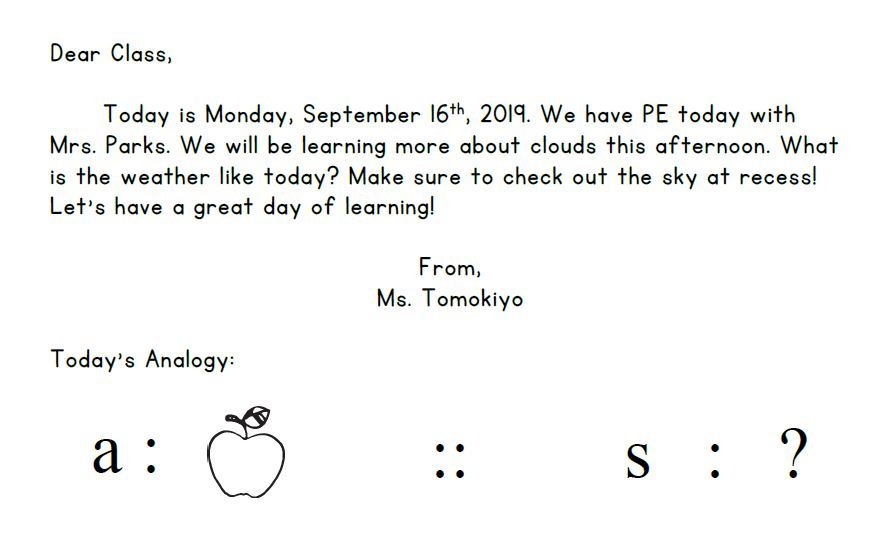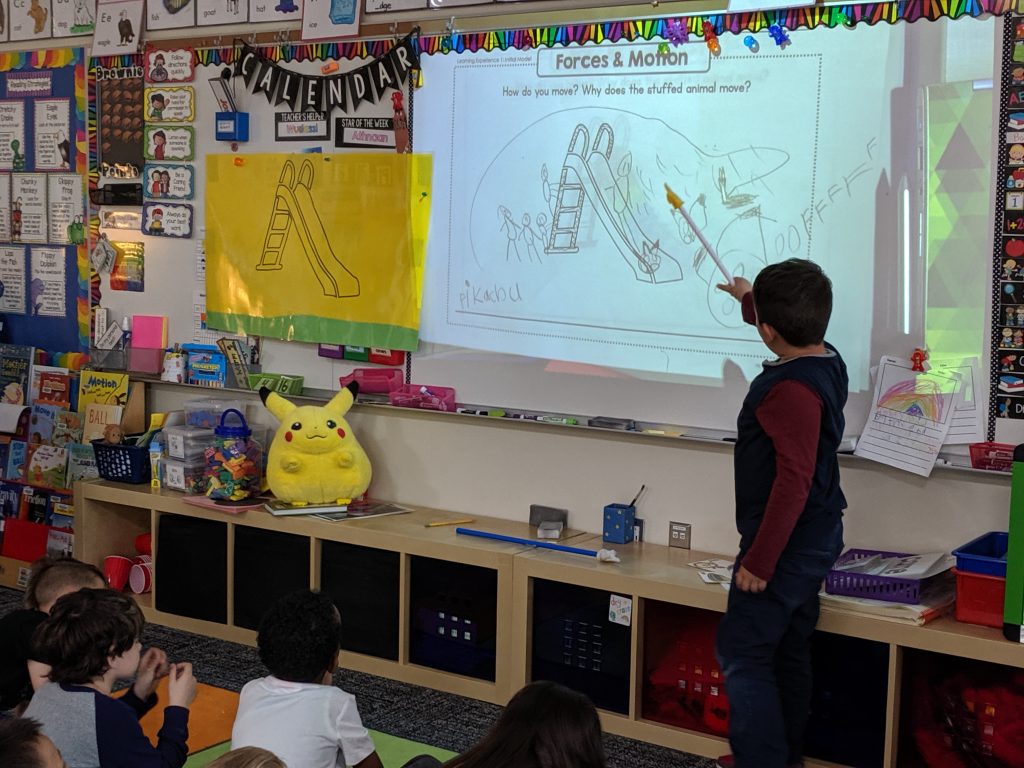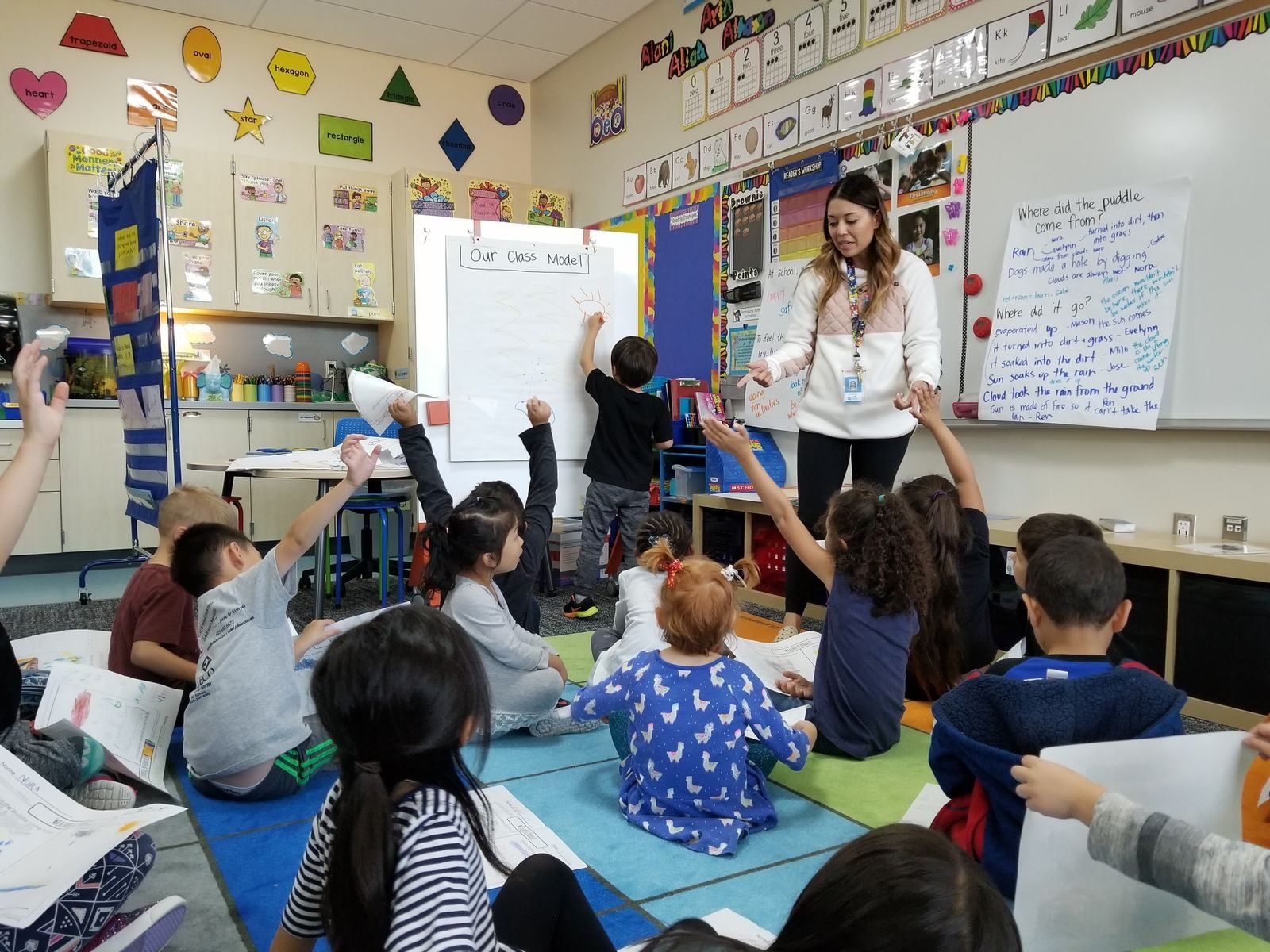As we approach the beginning of the 2019-2020 school year, our heads are spinning with all the things we need to do and all the routines we’ll need to teach. How to use the bathroom? When is it okay to use the drinking fountain? How am I getting kids’ attention? How long will my reading block be?
When we think about starting the school year and setting up a classroom environment that promotes risk-taking, we think about how we’ll get students to participate. Here are a few quick tips that we’ve used to have kids engaged in the rigorous science work we’ll be tackling this year:
1: Students want to feel SAFE and INCLUDED
We all know that students need to feel safe in order to learn. How do we do this in the elementary classroom? For us, this looks like acknowledging their ideas as valuable and finding positive ways to reinforce their learning moves. It might sound like, “I saw you nodding your head while she was talking. That shows us you’re listening. Thanks for listening.” or “Thank you for sharing that idea. Hearing everyone’s ideas helps us learn.”
Students feel included when they have a chance to participate. This does not look the same for all students. Some like to raise their hand (or shout things out – you know who I’m talking about!). Others will talk to a friend, but won’t want to share out whole group. Others still will want to just take time to listen. How do we acknowledge and value all these different ways of sharing?
In my classroom, I use the Discussion Web to call out WHO is participating and HOW they are participating. Even though the stoplight is a discussion tool, I use it to call attention to students that participate by listening too. I take the time to notice the students that haven’t shared out loud yet and to visit with them in small group or individually. Taking ideas in this way tells your class that their ideas are valuable and necessary for our whole class to learn.
2: Students need time to think about their ideas before sharing
No one likes feeling like they’re put on the spot. Some students need time to think through what they want to say, or even to make sense of what’s happening at the moment. This is especially true for students that may be sensemaking in multiple languages. We all know that wait time is important, but how do we allow enough wait time for ALL students ALL the time?
One way we do this is by using a morning message to tell students about their day. This gives them some time throughout the day to think about any science (or any other subject) ideas they may have and to make observations throughout the day. Below is an example of a morning message from the beginning of the year:

Another way we allow students to process their thinking before sharing is to allow students to talk with partners first. This gives students the opportunity to rehearse their ideas before sharing out loud. This may be the confidence boost a student needs in order to share.
3. Learners need to MODEL to make sense of the world.
One of the first practices we use when teaching science is modeling. We make a model to help us answer puzzling questions. A model is more than just a picture. It shows what we can see and what we CAN’T see, but we know is there. Some people use arrows, colors, or dots to show their ideas. Other people use words. A model can help students process their thinking.
Models can be revised. We revise our models by sharing them with peers. Have students draw to help them explain a phenomenon. You’ll be surprised to see everything they know!

4. Get Families Involved
Send home a letter explaining some of the learning you’ll be doing in science. Families love to participate in the learning of their children. In science, this can be as easy as going on a puddle hunt with your family or looking for slides at the local park. You can even send a model home for families to complete together. Connecting the learning that happens in the classroom to the outside world can be a powerful connection for students to make. The processes happening to the puddle on our playground also happens in a lake or pond.
5. Just do it!
Jump right in! You don’t need a box of materials and hours and hours of teaching time to teach science. All you need is a little time in your day, some questions to ask, and a piece of chart paper. We suggest starting with an “Eliciting Ideas” type lesson. Ask students what they know about a topic – trees, slides, puddles, etc. Take their ideas and write them down. Acknowledge their ideas. Let them know they’re contributing to the class and all of our learning. Connect student ideas together. Relate it to the original question or phenomenon. The best way to learn is to just try it out!
We hope this list was helpful for you at the start of your school year. We’d love to hear from you as you get started.

